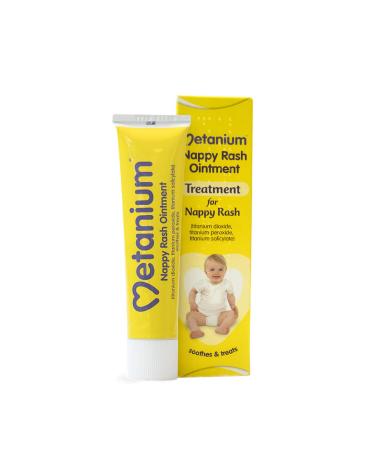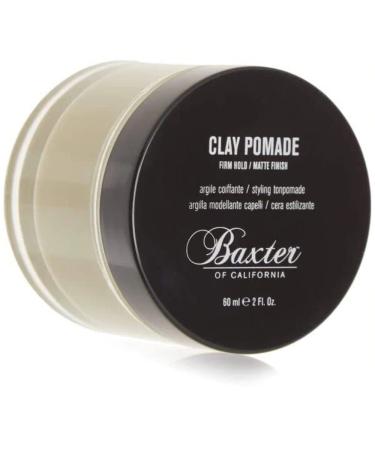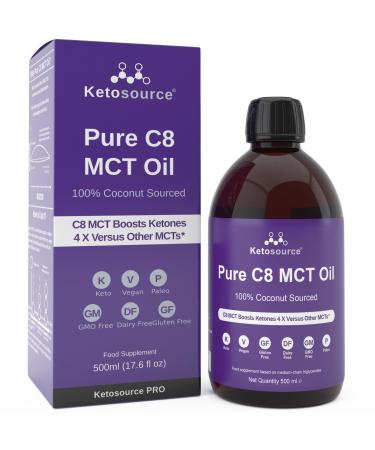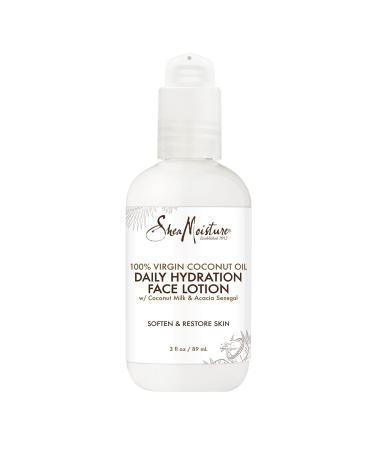Felicia medium large puppy
Why low-grain and hypoallergenic felicia ?
- To ensure that our lovely friends are fed in accordance with their natural living conditions and live healthier, we, together with our nutritionists,
- A special hypoallergenic formula with reduced grain content. We have prepared a formula.
- Felicia, with highly digestible animal protein sources, has been specially developed for digestive and allergy sensitivities.
- Free of beef, dairy products, wheat, soy, potatoes, artificial sweeteners, colors, chemical flavors, and other substances associated with allergic reactions.GMO-free!
Felicia medium large puppy:
- Developed for large breed puppies, its special formula helps maximize your puppy's development and condition,
- Specially formulated to support the development of its internal and external protective systems and meet all its nutritional needs.
- Optimal protein from real lamb supports a strong and healthy muscle structure.
- Furthermore, the glucosamine and chondroitin supplements it contains help improve joint function and regenerate ligament and cartilage tissues.
With regular consumption:
- You can observe that our lovely friend's
- Immune system is strengthened,
- Stool volume and odor decrease,
- Strong and shiny fur develops,
- Urinary tract and kidney health is protected,
- Digestibility increases, and a dynamic body structure is achieved.
Ingredients:
- Dried lamb protein ()),
- Hydrolyzed boneless lamb protein (!),
- Baldo rice, corn, refined chicken oil, peas, anchovy meal,
- Brewer's yeast, anchovy oil, carob, nucleotide yeast protein,
- Dried sugar beet, minerals,
- Prebiotic mannan oligosaccharides, seaweed,
- Blueberries powder, yucca extract,
- Psyllium, marigold powder.
Analytical components:
- Protein: 0
- Fat content:
- Crude ash: 8
- Crude fiber: 2.2
- Omega-6: 3.6
- Omega-3: 0.75
Vitamins and other supplementary ingredients:
- Vitamin a (E672): 30,000 IU kg
- Vitamin D3 (E671): 1,800 IU kg
- Vitamin E (3a700): 480 mg kg
- Vitamin C: 240 mg kg
- Niacin: 24 mg kg
- Copper (as sulfate): 15 mg kg
- Zinc (as sulfate): 80 mg kg
- Zinc (as chelate): 20 mg kg
- Manganese (as sulfate): 27 mg kg
- Selenium (as selenite): 0.26 mg kg
- Glucosamine: 1,700 mg kg
- Chondroitin: 1,200 mg kg
- EU-approved oxidants
Transition process when changing food:
- You should always transition your pet to a new food gradually.
- Suddenly changing food can cause health problems in your pet.
- Gradually mixing the new and old food is important to allow the digestive system and metabolism to adapt to the new feeding pattern.
- This gradual transition will help reduce the likelihood of developing stomach upset and stomach cramps following the food change.
- To prevent your pet from having trouble adapting to a new habit,
- You should gradually introduce the new food over a period of one week.
- Each day, you should increase the proportion of the new food and decrease the proportion of the old food.
- You should never add homemade food to the diet during the transition to the new food.
- For your pet that's fussy about food,
- Try feeding the new food from your hand like a treat.
- Always have clean, fresh water available alongside the food.
- Your pet should not be left hungry when starting a new food.
- When you start a new food, constantly check your pet's stool,
- Energy levels, and signs of possible allergies and gastrointestinal distress.
- First 3 days25 new food 75 old food
- Second 3 days50 new food 50 old food
- Third 3 days75 new food 25 old food
- Fourth 3 days100 new food













